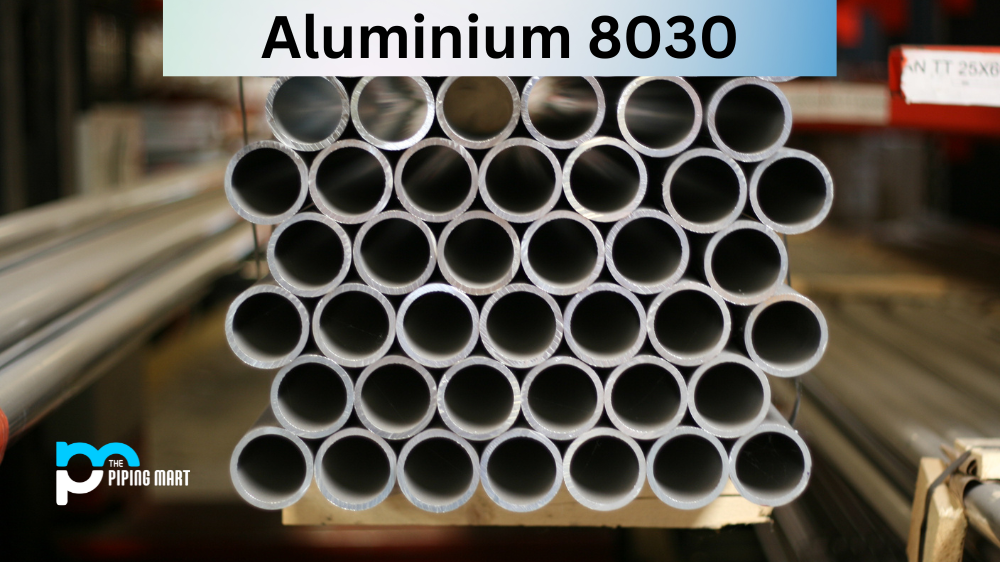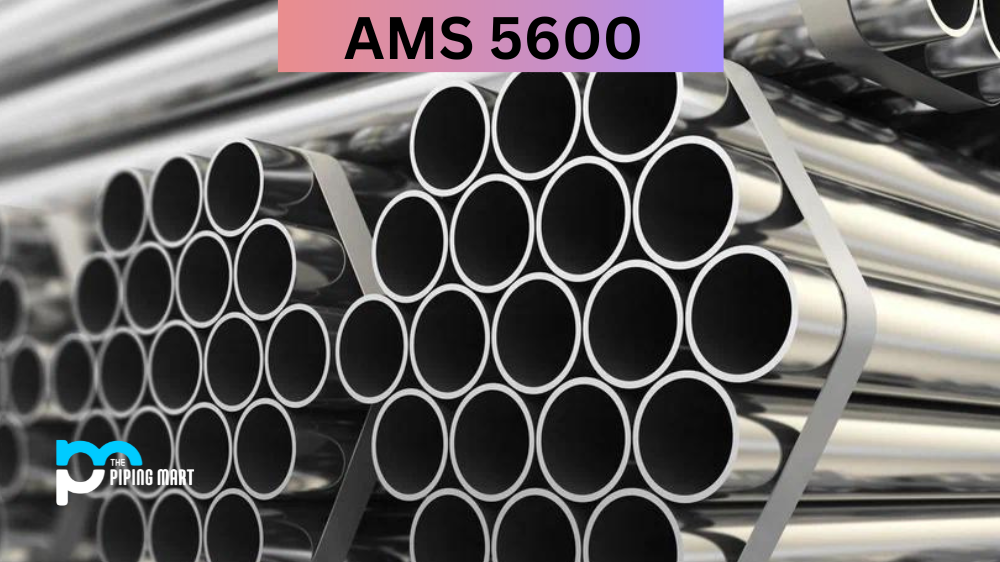Aluminium 8030 is an alloy that has many applications in the engineering and manufacturing industries. UNS A98030 is an aluminum-silicon alloy that offers excellent corrosion resistance, heat resistance, and machining and welding capabilities. In this blog post, we’ll take a closer look at the properties of 8030 Alloy and why it is so popular for such a wide range of applications.
8030 Alloy Composition
| Element | Content (%) |
|---|---|
| Aluminum, Al | ≤ 98.5 |
| Iron, Fe | 0.30 – 0.80 |
| Copper, Cu | 0.15 – 0.30 |
| Silicon, Si | ≤ 0.10 |
| Magnesium, Mg | ≤ 0.050 |
| Zinc, Zn | ≤ 0.050 |
| Boron, B | 0.0010 – 0.040 |
| Other (each) | ≤ 0.030 |
| Other (total) | ≤ 0.10 |
8030 Alloy Physical Properties
| Properties | Metric | Imperial |
|---|---|---|
| Density | 2.71 g/cm³ | 0.0979 lb/in³ |
| Melting point | 643 – 657.2 °C | 1190 – 1215°F |
8030 Alloy Thermal Properties
| Properties | Metric | Imperial |
|---|---|---|
| Thermal expansion co-efficient (@20-100°C/68-212°F) | 23.6 µm/m°C | 13.1 µin/in°F |
| Thermal conductivity | 231 W/mK | 1600 BTU in/hr.ft².°F |
8030 Alloy Uses
Aluminium 8030 is a popular choice for automotive parts, aircraft components, electrical equipment, food service equipment, architectural panels and more. It can be used in both sheet form as well as castings. Its lightweight and high strength make it ideal for use in situations where weight savings are critical. Additionally, its good machining characteristics make it easy to work with in various forms of fabrication.
Corrosion Resistance
Aluminum 8030 has excellent corrosion resistance when exposed to air or water due to its thin oxide film on the surface, which helps protect against atmospheric corrosion. It also has excellent weldability and can be easily joined by welding or brazing processes without any significant loss of strength or corrosion resistance.
Heat Resistance
Aluminium 8030 has good heat resistance up to 250°C (480°F). This makes it suitable for applications where parts may need to withstand high temperatures without losing their strength or shape. For example, it can be used for exhaust systems or engine components that are regularly exposed to extreme temperatures.
Heat Treatment
Aluminium 8030 can be heat treated to improve its mechanical properties such as strength, ductility and toughness. The most common heat treatment method used on this alloy is solution treating, which involves heating the alloy up to 600°C (1100°F) followed by rapid cooling in order to achieve desired properties such as higher strength or better ductility.
Machining
Aluminum 8030 is considered fairly easy to machine compared to other alloys due to its good machinability rating of 70%. This means that it responds well to conventional cutting tools and produces smooth surfaces with minimal tool wear during machining operations.
Welding
Aluminium 8030 has excellent weldability thanks to its low melting point, which allows for easy fusion between pieces without excessive heat input or preheating requirements. Welding this alloy can be done using either TIG welding methods or MIG welding methods, depending on the application requirements.
Conclusion
Aluminium 8030 is an incredibly versatile alloy with many advantages over other materials, including superior corrosion resistance, good heat resistance up to 250°C (480°F), ease of machining due to its good machinability rating of 70%, and excellent weldability due to its low melting point which allows for easy fusion between pieces without excessive heat input or preheating requirements. As such, it’s no wonder why aluminium 8030 is so widely used across numerous industries today!

A passionate metal industry expert and blogger. With over 5 years of experience in the field, Palak brings a wealth of knowledge and insight to her writing. Whether discussing the latest trends in the metal industry or sharing tips, she is dedicated to helping others succeed in the metal industry.




